I hope that you all will come back to visit The Wielded Pen - Children's Corner again after the holidays. Beginning January, my next Library Science children's course will be about poetry!
Thank again for visiting. Have a wonderful and safe holiday!
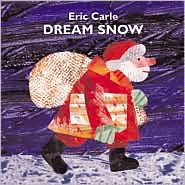
The cozy corner where exploration of books, poetry, programs and the celebration of early literacy through storytimes abound.

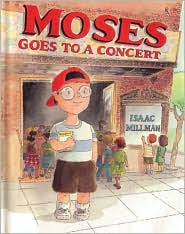 BIBLIOGRAPHY
BIBLIOGRAPHY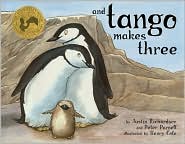 BIBLIOGRAPHY
BIBLIOGRAPHY“Every year at the very same time, the girl penguins start noticing the boy penguins. And the boy penguins start noticing the girls. When the right girl and the right boy find each other, they become a couple” (p. 6).
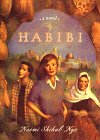 BIBLIOGRAPHY
BIBLIOGRAPHY"You can buy gray Arab notebooks with soft covers just the right size for folding once and sticking in your pocket. Liyana's cass used them at school and she'd started using them for her own writings. She liked how the place for a 'title' was on what English speakers would call the back. She even started writing in one back to front" (p.115).The book is filled with cultural marker as it provides a unique opportunity to emerge the readers into a setting that many may not be familiar with at all. One of the most noticable markers is the the tension between the Jews and Palestinians. For Liyana, the conflicts begin to come close to home her grandmother's bathroom is destroyed by Israeli soldiers and when a bomb was set of in the middle of the city. Liyana also has to deal with the growing love for a the boy Omar who turns out to be Jewish, which means their friendship is forbidden.
"The women's long dresses were made of thick fabrics, purple, gold, and navy blue, and stitched brightly with fabulous, complicated embroidery. Aunt Lena had rich lines of multicolored rainbow thread wrapped around her wrists. All the women wore gold bangle bracelets. The older ones ad long white scarves draped and knotted firmly over their hair. The young ones had bare heads, which made Liyana feel relieved.Hibibi is a beautiful book that emerges the readers into a different culture and the conflicts that are exists. REaders will learn about the culture and gain a better understanding of it. Plus, those who are from St. Louis will also appreciate the local spots that Liyana remembers being at. This is a highly recommended book for any library collection.
"They wore plastic, slip-on shoes i pastel colors. The modern shoes seem strange with their old-fashio clothes. Aunt Saba touched Liyana's blue-and-yellow Swiss children's watch that had little peopel's heads on the ends of its hands. She put her face down to stare at it and laughed. The women evern touched Liyana's earlobes. She wore no gold earrings, as they did" (p. 40)
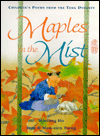 BIBLIOGRAPHY
BIBLIOGRAPHYWhen I was little
I thought the moon was a white jade plate.
Or maybe a mirror in Heaven
Flying through the blue clouds.
Far up the cold mountains is a steep stone path.
Nestled in the white clouds is a little house.
We stop our cart to sit among the twilight maples”
After the frost, their leaves glow redder than spring blossoms.
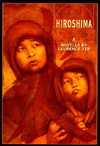 BIBLIOGRAPHY
BIBLIOGRAPHY
“The bomb goes off 580 meters above the ground. The temperature reaches several million degrees Celsius immediately. It is so hot that the hospital below and everyone inside it disappears.
“Two hundred yards away, people vanish. However, in that instant, their outlines are burnt into the cement like shadows” (p. 22-23).
“People jump into it [a river] to get away from the fire. In the panic, some people are crushed. Others drown. Sachi cannot swim. She jumps in anyway… Soon the river is full of bodies" (p. 26-27).
“Flowers bloom again. Some are beautiful as ever. However, the radiation makes other flowers grow in strange, weird shapes” (p. 31).
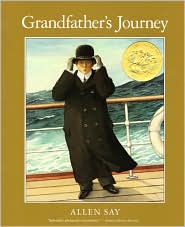 BIBLIOGRAPHY
BIBLIOGRAPHY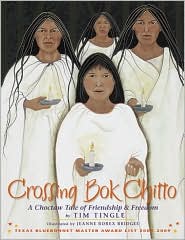 BIBLIOGRAPHY
BIBLIOGRAPHY"Their white cotton dresses skimmed the ground and their shiny black hair dell well below their waists. The women formed a line and began a stomp dance to the beat of the chanting, gliding to a clearing at the end of town.
"When they reached the clearing, they formed two circles, the women and the men, and the wedding ceremony began. The old men began to sing the old wedding song. It is still sung today in Mississippi and Oklahoma, just as they sang it then
'Way, hey, ya hey ya
You a hey you ay
A hey ya a hey ya
Way, hey ya hey ya
You a hey you ay
A hey ya a hey ya!'"(p. 18).
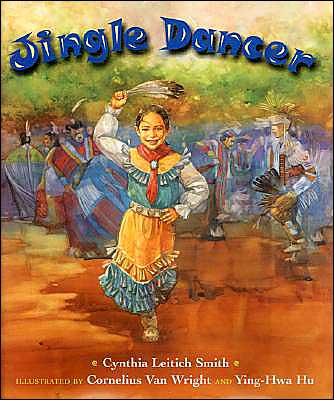 BIBLIOGRAPHY
BIBLIOGRAPHY BIBLIOGRAPHY
BIBLIOGRAPHYLong ago, the tress were told
they must say awake
seven days and nights,
but only the cedar,
the pine and the spruce
stayed awake until
that seventh night.
The reward they were given
was to always be green,
while all the other trees
must shed their leaves.
So, each autumn, the leaves
of the sleeping trees fall.
They cover the floor
of our woodlands with colors
as bright as the flowers
that come with the spring.
The leaves return the strength
of one more year's growth
to the earth.
This journey
the leaves are taking
is part of that great circle
which holds us all close to the earth (p. 21).
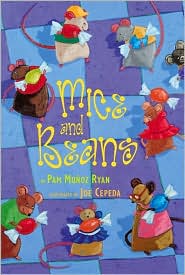 BIBLIOGRAPHY
BIBLIOGRAPHY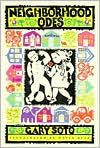 BIBLIOGRAPHY
BIBLIOGRAPHYThey say she weeps
Knee-deep in the river,
The gray of dusk
A shawl over her head.
She weeps for her children,
Their smothered faces
Of sleeping angels…
Normaaaa, Marioooo, Carloooos.
They say she calls
Children, offering
Them candy
From her sleeve.
They say she will
Point a long finger,
Gnarled root of evilness,
And stare a soft
Hole in your lungs:
The air leaks
From this hole
And climbs in the trees.
…
If you’re on your bike,
Ride faster.
If you’re on foot,
Run without looking up.
In these times,
The sliced moon hangs
…
La Llorona is the mother
Of drowned children.
Beware a woman
Dripping water in July
When no rain has fallen. (p. 23, 25).
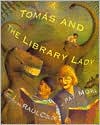 BIBLIOGRAPHY
BIBLIOGRAPHY BIBLIOGRAPHY
BIBLIOGRAPHYI didn’t know how much I didn’t know.and in “End”:
Like Brer Mosquito on Brer Elephant,
now I know my capacity for awe
is infinite: this thirst is permanent,
the well bottomless, my good fortune vast.
An uneducated mind is a clenched fist
that can open, like a bud, into a flower
whose being reaches, every waking hour,
and who sleeps a fragrant dream of gratitude.
Now it’s “illegal,” “illegitimate”
to teach brown girls who aren’t state residents.
As if Teacher’s stealing fire from the gods.
As if the Ancestors aren’t tickled to death to see
a child they lived toward find her minds infinity (p. 19).
Upturned stacks of Webster’s blue-backed spellers.
broken slates. Liberators burned to ash.
Ninety panes of first-floor windows smashed,
frame wood splinters and jagged as tinder.
I can no longer protect my students.
Strangely, it is not God’s words that ring
in my head as I search for understanding,
rather, words that I saw on a charred reader:
I must remind you that the earth is round.
Men and animals live on the surface.
There is no comfort in these words,
yet the fact of them comforts me: schoolbooks.
I am a teacher of colored misses,
But I can no longer protect my students (p.44).
I brought here, in a bag between my breasts,Floyd Cooper’s illustrations are a pure compliment to the poems. Through an innovative subtractive multi-medium technique, the artwork is colorful with a color scheme of neutral tans and accents of pinks, greens, purple, and blue and provides a softness that adds to the overall presence that is given with the book. In particular are the depictions of the students. Not one looks a like and have varying sizes of noses, lips, skin color and hairstyles. In particular the portraits for the poems “Miss Ann Elizabeth Hammond” and “Arson at Midnight” are beautifully executed. To keep the book appearance light and airy the illustrations are kept to one or two per two-page spread and only occupy a corner or side. There are double-page spread illustrations at the beginning of each of the six sections that depict the schoolhouse and the students. Though the clothing is more representative of what was worn during and after the Civil War, the illustrations are wonderfully done and are perfect for the book.
money from Mama’s friends who had bought herself,
then saved enough, by working without rest,
to free four friends. This woman gave me her wealth
of carefully folded dollars to I could take
Miss Crandall’s course of study. And within a week
of my arrival, I was summoned to appear in court.
The judge ruled I’d have to pay a fine, depart,
or be whipped naked.
Honey, the first white fool
that thinks he gone whip me better think again.
Touch me, and you’ll draw back a nub, white man.
I ain’t payin’, and I’m stayin’. People’s dream brought me to this school.
I’m their future, in a magic looking glass.
That judge and the councilmen can kiss my rusty black (p. 26).